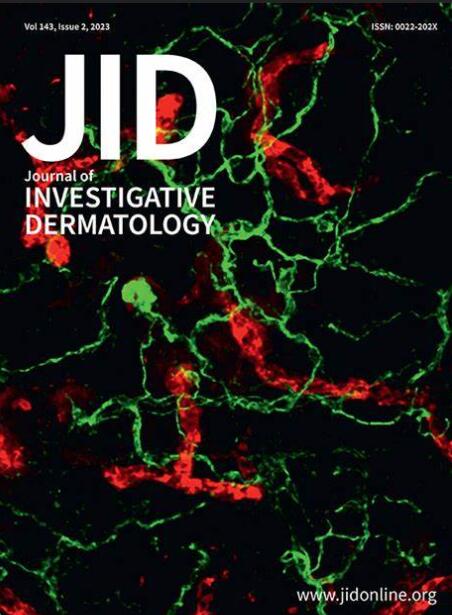Methods to Validate Digital Health Technologies for Dermatology
IF 5.7
2区 医学
Q1 DERMATOLOGY
引用次数: 0
Abstract
The integration of wearable medical devices and digital health technologies (DHTs) in health care has grown significantly during the past 2 decades, particularly in dermatology, in which objective measurement of symptoms such as itch remains challenging. This review examines the evolution of DHTs in dermatology, focusing on the validation frameworks necessary for their implementation in clinical trials and research. We discuss the key stages of validation: hardware validation to ensure device reliability, analytical validation to transform raw sensor data into meaningful metrics, and clinical validation to demonstrate utility in specific patient populations. We also address challenges in real-world implementation, including skin tolerance and device adherence issues that affect long-term wearability. Using the example of sensors for measuring nocturnal scratching in patients with atopic dermatitis, we illustrate how these validation frameworks are being applied to dermatological DHTs. As the field continues to advance, transparent reporting of validation protocols and results will be essential for establishing trust and ensuring effective integration of dermatological DHTs into clinical practice.
验证皮肤病学数字健康技术的方法。
在过去的20年里,可穿戴医疗设备和数字健康技术(dht)在医疗保健领域的整合有了显著的发展,特别是在皮肤病领域,在这一领域,瘙痒等症状的客观测量仍然具有挑战性。本文回顾了皮肤病学dht的发展,重点是在临床试验和研究中实施dht所需的验证框架。我们讨论了验证的关键阶段:硬件验证以确保设备可靠性,分析验证以将原始传感器数据转换为有意义的指标,以及临床验证以证明在特定患者群体中的效用。我们还解决了实际应用中的挑战,包括影响长期可穿戴性的皮肤耐受性和设备粘附性问题。以测量特应性皮炎患者夜间抓挠的传感器为例,我们说明了这些验证框架如何应用于皮肤科dht。随着该领域的不断发展,验证方案和结果的透明报告对于建立信任和确保将皮肤科dht有效整合到临床实践中至关重要。
本文章由计算机程序翻译,如有差异,请以英文原文为准。
求助全文
约1分钟内获得全文
求助全文
来源期刊
CiteScore
8.70
自引率
4.60%
发文量
1610
审稿时长
2 months
期刊介绍:
Journal of Investigative Dermatology (JID) publishes reports describing original research on all aspects of cutaneous biology and skin disease. Topics include biochemistry, biophysics, carcinogenesis, cell regulation, clinical research, development, embryology, epidemiology and other population-based research, extracellular matrix, genetics, immunology, melanocyte biology, microbiology, molecular and cell biology, pathology, percutaneous absorption, pharmacology, photobiology, physiology, skin structure, and wound healing

 求助内容:
求助内容: 应助结果提醒方式:
应助结果提醒方式:


